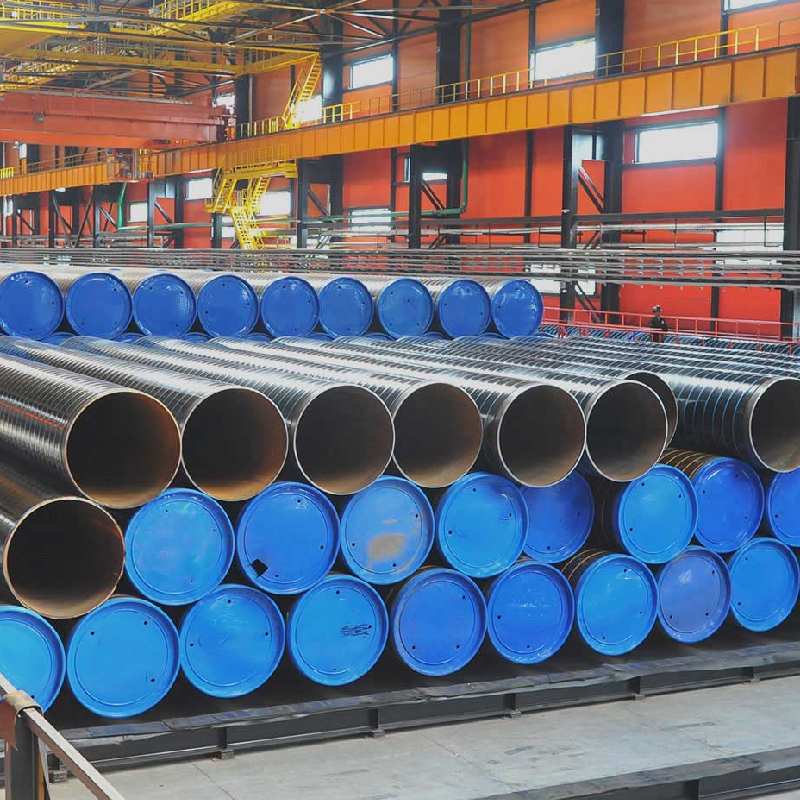-
Cangzhou Yulong Steel Co., Ltd.
-
Phone:
+86 13303177267 -
Email:
admin@ylsteelfittings.com

Nov . 10, 2024 05:20 Back to list
Flat Face Blind Flange Design and Specifications for Pipe Connections
Understanding Blind Flange Flat Face Design, Applications, and Benefits
In the world of piping systems and engineering, flanges serve as critical components for joining pipes, valves, and other equipment. Among the various types of flanges available, the blind flange flat face is an important item that professionals often encounter. Understanding its features, design specifications, applications, and benefits can aid engineers and technicians in making informed decisions for their piping systems.
What is a Blind Flange Flat Face?
A blind flange is a type of flange with no opening in the center, used to seal the end of a piping system or a vessel. It effectively closes off a pipeline, preventing the flow of fluids or gases and offering a means to maintain pressure within the system. The term flat face refers to the design of the flange’s sealing surface. Unlike raised face flanges, which have a protruding surface to create a tighter seal, flat face flanges have a smooth, flat surface that allows for more precise alignment and sealing with corresponding flanges or equipment.
Design Specifications
Blind flanges can be fabricated from various materials, including carbon steel, stainless steel, and alloy materials. The choice of material typically depends on the working environment, including factors such as temperature, pressure, and the nature of the fluid or gas contained within the piping system.
Common standards governing the design and dimensions of blind flanges include ANSI/ASME B16.5, B16.47, and API 605, which specify the nominal sizes, pressure ratings, and thicknesses of the flanges. Flat face blind flanges are usually designed to conform to the same standards as their counterpart raised face flanges, with the key distinction being the flat sealing surface.
Applications
Blind flanges flat face are widely used in diverse industries, including
2. Oil and Gas The oil and gas sector utilizes blind flanges to seal off piping systems that may be temporarily inactive, ensuring safety and preventing leakage.
blind flange flat face

3. Water Treatment In water treatment facilities, blind flanges help isolate components of a water distribution network, allowing for service without interruption of the entire system.
4. Power Generation Power plants often use blind flanges to effectively manage steam and water flow, ensuring the integrity of the system under high-pressure conditions.
Benefits
The use of blind flanges flat face offers a range of advantages
1. Cost-Effectiveness By temporarily closing off sections of a pipeline, blind flanges can eliminate the need for complex reservoir systems or additional valves, streamlining installation and reducing costs.
2. Simplicity Their design is straightforward, making installation and removal straightforward for maintenance teams. This simplicity can lead to improved efficiency in both installation and routine maintenance.
3. Compatibility The flat face design allows for greater flexibility when connecting to other flat-faced components, which can help prevent damage during assembly and reduce the risk of leaks.
4. Safety Blind flanges contribute to system safety by enabling the isolation of specific pipeline sections. Maintaining the integrity of pressurized systems is crucial for preventing leaks and potential hazards.
5. Versatility The adaptability of blind flanges makes them ideal for various applications across multiple industries. Their reliability helps ensure consistent performance, whether in a chemical plant or a water treatment facility.
Conclusion
Blind flange flat face designs are a vital part of modern piping systems, facilitating effective isolation and maintenance while ensuring safety and integrity. Their straightforward design offers a plethora of applications across various industries, emphasizing their significance in engineering projects. As industries continue to evolve with new technologies and methodologies, the role of blind flanges is sure to remain pivotal, ensuring the seamless operation of piping systems and contributing to enhanced safety protocols. Understanding their use and benefits allows engineers and project managers to optimize their designs and maintain systems efficiently, ultimately leading to safer and more reliable operations.
Latest news
-
ANSI 150P SS304 SO FLANGE
NewsFeb.14,2025
-
ASTM A333GR6 STEEL PIPE
NewsJan.20,2025
-
ANSI B16.5 WELDING NECK FLANGE
NewsJan.15,2026
-
ANSI B16.5 SLIP-ON FLANGE
NewsApr.19,2024
-
DIN86044 PLATE FLANGE
NewsApr.19,2024
-
DIN2527 BLIND FLANGE
NewsApr.12,2024
-
JIS B2311 Butt-Welding Fittings LR/SR 45°/90° /180°Seamless/Weld
NewsApr.23,2024
-
DIN2605-2617 Butt-Welding Fittings LR/SR 45°/90°/180° Seamless/Weld
NewsApr.23,2024











